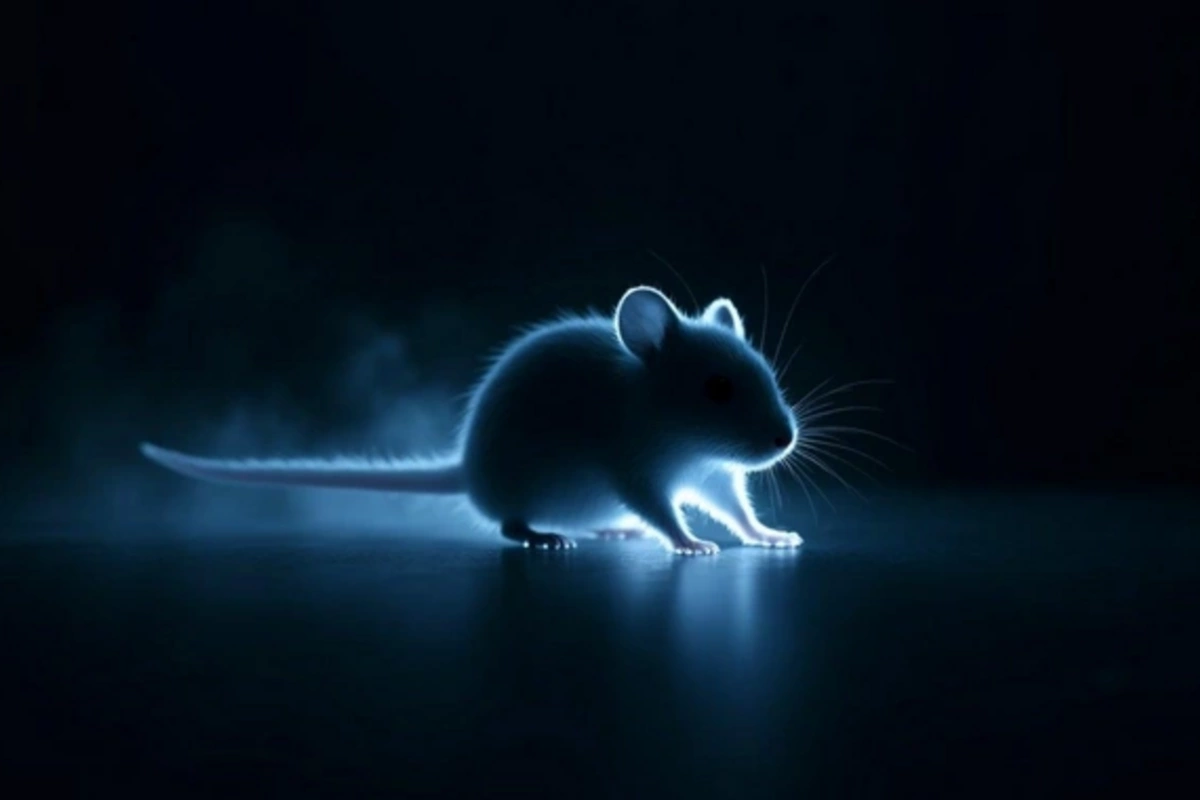13 May , 14:36
0

Scientists from the University of Calgary (Canada) have made an amazing discovery: all living beings emit ultra-weak photon radiation, which completely stops with the onset of death. This revolutionary research published in the authoritative scientific journal New Scientist sheds light on the mysterious phenomenon of biophotons - weak luminescence that occurs during cellular metabolism.
During a unique experiment, Canadian researchers used ultra-sensitive digital cameras capable of detecting even individual photons. Four laboratory mice were observed in absolute darkness at strictly controlled temperature an hour before death and for an hour after. The results obtained shocked the scientific community: immediately after the cessation of vital activity, photon radiation sharply decreased across the entire body surface of the experimental animals.
"It is now impossible to deny that ultra-weak photon radiation really exists. This clearly shows that we are not dealing with an error or side effect of other processes," emphasized the research leader Dan Oblak.
Scientists expanded the boundaries of the study by conducting experiments with plants. When studying the leaves of Schefflera (a distant relative of ginseng and a popular houseplant), an increase in radiation was discovered after cutting, as well as when exposed to certain preparations, including the anesthetic benzocaine. The research group concluded that biophoton radiation is a byproduct of metabolism that ceases after the death of an organism.
Notably, for the first time in the history of science, it was possible to record the cessation of the biophoton signal at the level of the whole organism, not just individual cells, as in previous studies. Scientists suggest that in the future, this breakthrough technology could find application for non-invasive monitoring of living tissue conditions or assessing ecosystem health.